Hearing aid maintenance is essential in ensuring your new devices’ longevity and performance. The hearing care professionals at Concept by Iowa Hearing work with each patient to provide them with the knowledge and understanding of how to stay consistent with cleaning and regular care. If you’re looking for hearing aid cleaning tips, you’ve come to the right place.
The Impact of Good Maintenance
These powerful and compact devices are prone to getting clogged with earwax, moisture, and debris. A well-maintained hearing aid not only lasts longer but also delivers clearer sound, ensuring you can communicate effectively and hear noises around you clearly. Furthermore, regular cleaning minimizes the risk of ear infections by keeping your device free from bacteria and debris. While we aim to provide an overview of general hearing aid cleaning tips, always follow the manufacturer’s instructions and work with your audiologist to ensure your device gets the proper care.
Have the Right Cleaning Tools on Hand
A variety of specialized tools are available to assist with hearing aid preventative care and cleaning, ensuring users can prevent damage and maintain optimal performance of their devices. Here’s what should be in your hearing aid cleaning kit:
- Soft-Bristled Brush – Often included with your hearing aid, this tool is designed to gently remove debris from the microphone and speaker ports without causing damage.
- Wax Pick/Loop – This tool is essential for removing earwax that accumulates around the receiver and other parts of the hearing aid that come into contact with your ear.
- Vent Cleaner – A thin wire or small brush is used to clear any blockages in the vents, ensuring sound can travel freely.
- Dry Cloth – A soft, dry cloth is handy for wiping away fingerprints and oils from the body of the hearing aid.
- Wax Filters – These filters protect the hearing aid from earwax and should be replaced regularly according to the manufacturer’s instructions.
- Hearing Aid Dehumidifier – A dehumidifier or drying container helps remove moisture that accumulates throughout the day, extending the life of the hearing aid.
Having these tools at home makes routine cleaning easier and helps identify and solve common problems that may affect your hearing aids’ performance. Regular use of these tools can significantly extend the lifespan of your hearing aids and maintain their functionality.
Cleaning a Behind-the-Ear (BTE) Hearing Aid
Cleaning your Behind-the-Ear (BTE) hearing aid regularly is essential for optimal performance. Follow these steps to keep your BTE device in pristine condition:
- Earmold Cleaning – Detach the earmold from the hook of the hearing aid to clean it separately. Most earmolds, especially those made from soft materials, can be cleaned with mild soap and warm water. Ensure the earmold is completely dry before reattaching it to the hearing aid.
- Tube Care – Use a soft brush or a special hearing aid cleaning tool to clear any debris from the tubing. If moisture accumulates inside the tube, a blower can be used to remove it. It’s important not to insert anything into the tubing that could cause damage.
- Body and Hooks – Wipe the body of the hearing aid and any hooks with a soft, dry cloth to remove fingerprints and debris. Be cautious not to get moisture near any openings.
Cleaning an In-the-Ear (ITE) Hearing Aid
Maintaining your In-the-Ear (ITE) hearing aid is crucial for ensuring optimal functionality and sound quality. Follow these steps to clean your ITE device efficiently:
- Vent Cleaning – Use a soft-bristled brush or a dedicated wax pick or wire loop hearing aid cleaning tool to remove any debris or earwax from the vents gently. This helps maintain clear sound passage.
- Faceplate – Gently wipe the faceplate with a clean, dry cloth to remove oils and dirt. Be careful around the microphone and receiver areas to prevent accidental damage.
- Battery Compartment – With the battery removed, brush the battery compartment to clear any dust or earwax. This prevents corrosion and ensures a good connection.
- Wax Filter – Check if your hearing aid has a wax filter. If so, remove the old filter and replace it with a new one according to the manufacturer’s instructions. This prevents wax from blocking the sound path.
Storing and Handling Best Practices
Moisture is a significant enemy of hearing aids. Store your devices in a dry, safe place away from humidity. If necessary, use a hearing aid dehumidifier, especially in moist climates or during sweaty activities. Most of the devices available today have rechargeable batteries and should be kept in the charging case when not worn.
Common Mistakes to Avoid
Avoid the following missteps to ensure your hearing aids remain in perfect shape:
- Do not use water, solvents, cleaning fluids, or alcohol, which can damage the hearing aid circuitry
- Prevent excessive force when cleaning to avoid damaging the delicate components
- Keep hearing aids away from heat sources and direct sunlight
Scheduling Professional Maintenance
While we aim to share cleaning advice for hearing aids when at home, professional cleaning services go beyond what you can do on your own. Experts recommend a professional cleaning every four to six months but always adhere to the guidelines provided by your audiologist and the manufacturer.
Contact Us About Hearing Aid Maintenance
Regular maintenance of your hearing aids is a small investment that pays off in the clarity of sound and the health of your device and your ears. Implement these tips and consult with the hearing healthcare professionals at Concept by Iowa Hearing to ensure your hearing aids serve you well for years to come. If you’re new to exploring hearing aids and how to care for them, locate one of our hearing care centers near you to speak with an audiologist and schedule a hearing test.



